We use cookies in order to offer the most relevant information and deliver the best experience.
Please accept cookies for optimal performance.
Click here for more information.
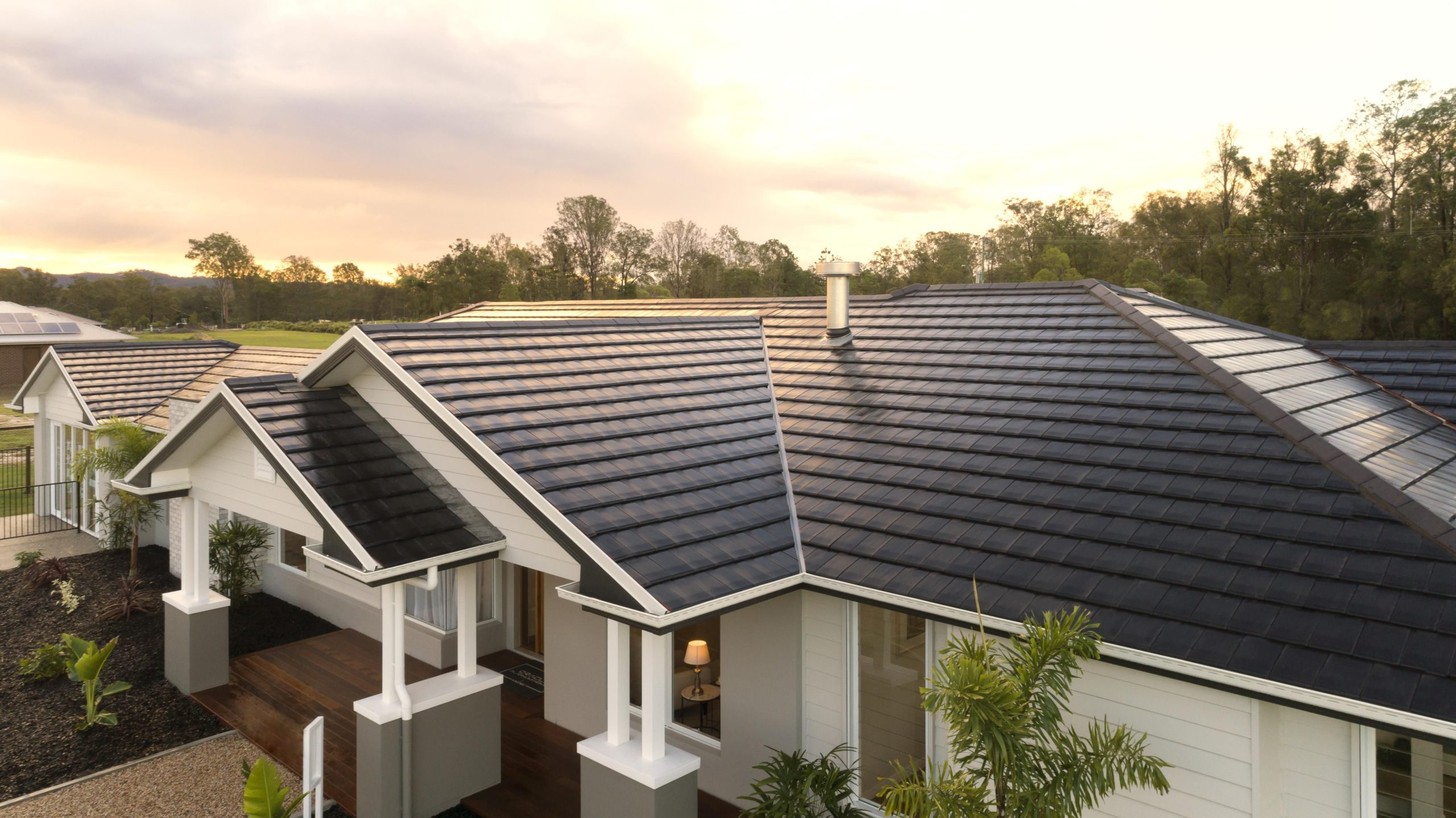
Tougher National Construction Code (NCC) ventilation requirements for residential dwellings across Australia may see Builders preferring to use roof tiles rather than metal roofing if they wish to comply.
In an attempt to tackle the growing problem of condensation in Australian houses, developers are now required to install improved ventilation and extraction systems when building a new dwelling.
Under the National Construction Code (NCC) 2019, released in May 2019, exhaust systems installed in a bathroom, sanitary compartment or laundry must now discharge directly to the external air or into the roof space of the residential dwelling.
The code imposes increased allowances for the amount of roof space required for this purpose. The roof is now required to have an open area equal to the ceiling space directly under the roof or attic space of the home*.The changes to ventilation requirements apply to all residential detached (Class 1) homes built after the introduction of the NCC 2019*.
Scott Kind, National Contracting and Operations Manager at Bristile Roofing, says that while the construction industry is reviewing the new regulations, one criteria that is clearly an advantage is roofs with a steeper pitch. Basically, roofs with a pitch under 22 degrees require twice as much ventilation.
“Since the majority of tiled roofs are higher than 22 degrees, they naturally have an advantage over low-pitched skillion roofs which might require up to eight ventilators on a standard home.”*
Bristile Roofing already supplies a number of suitable roof ventilators which will not only allow their customers to comply with the new regulations, but also reduce roof space temperatures, minimise moisture build-up and create a more pleasant living environment.
While fitting extra ventilators and air vents is a fairly straightforward procedure, the provisions under NCC 2019 also allows for flues to be used as a solution. But this option is far more problematic in finding a compliant product for all criteria.
“At this stage, roof ventilators and powered vents are not a problem, but we’re working with other industry leaders to get a compliant flue,” he says. “Flues are standard in Western Australia but not as common on the East Coast”.
Overall the changes help support the other natural advantages that tiled roofs have over metal roofing. Terracotta tiles, such as Bristile Roofing’ LaEscandella range, are fire-resistant and are lower in embodied energy than many commonly used building materials, such as metal. Testing on similar coloured roofing products shows that terracotta roof tiles can reflect more heat away from a house, resulting in lower cooling requirements when compared to other commonly used roofing materials.
Bristile’s concrete roofing products provide another affordable option to metal roofing. Available in a huge range of colour and profile combinations, these concrete roof tiles are similarly fire- resistant, can result in lower cooling requirements and are excellent sound insulators.
“Regardless of the ventilation, energy or any other regulation criteria we will have a roof tile or system that will ensure our customers comply for almost any design”, says Mr Kind.
*N.B – refer to NCC 2019 for full details.
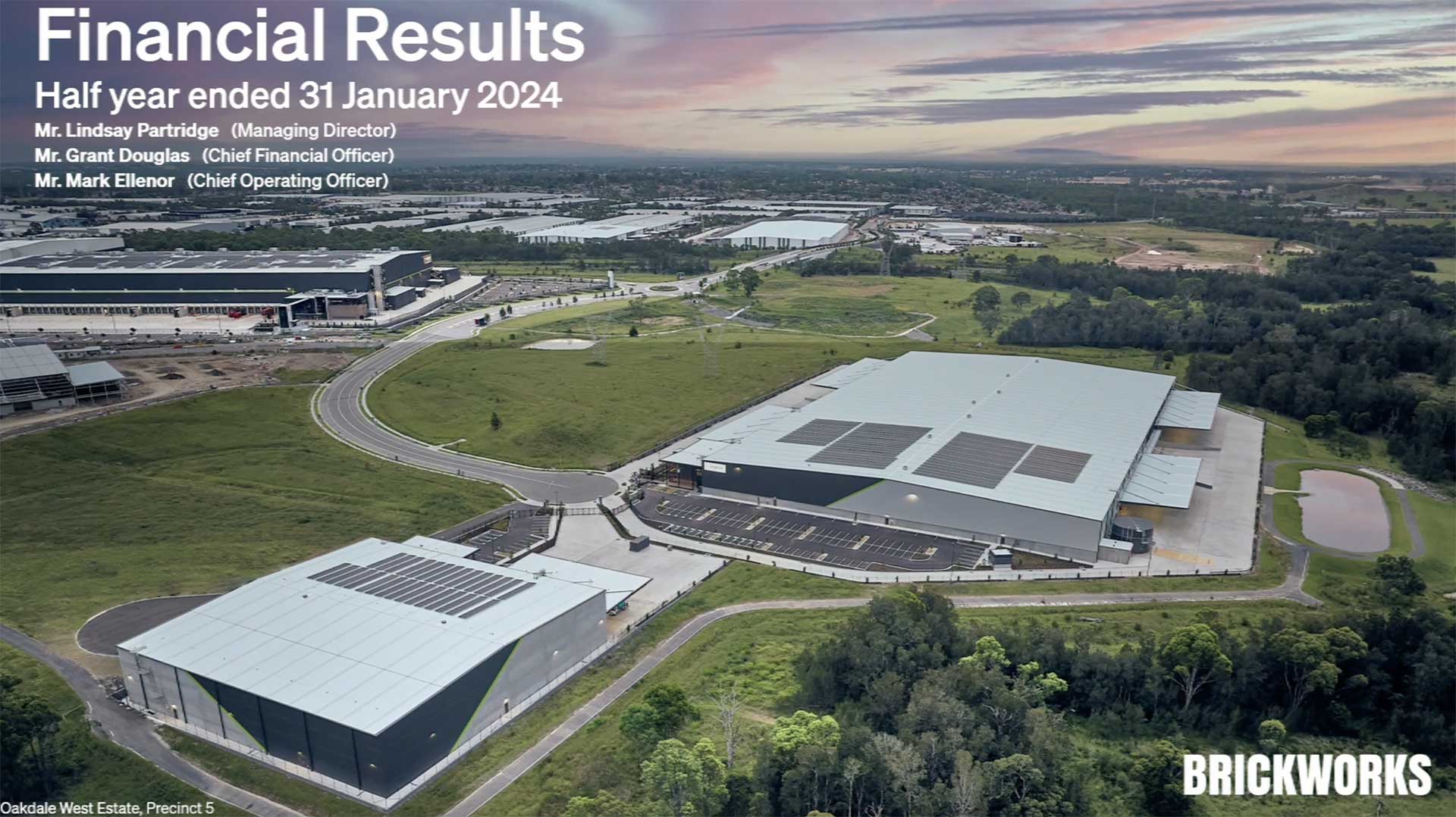
![Image_Grant Douglas_Financial Results[82]](https://investors.brickworks.com.au/wp-content/uploads/2024/03/Image_Grant-Douglas_Financial-Results82-scaled.jpg)
![Image_Mark Ellenor_Divisional Performance[81]](https://investors.brickworks.com.au/wp-content/uploads/2024/03/Image_Mark-Ellenor_Divisional-Performance81-scaled.jpg)
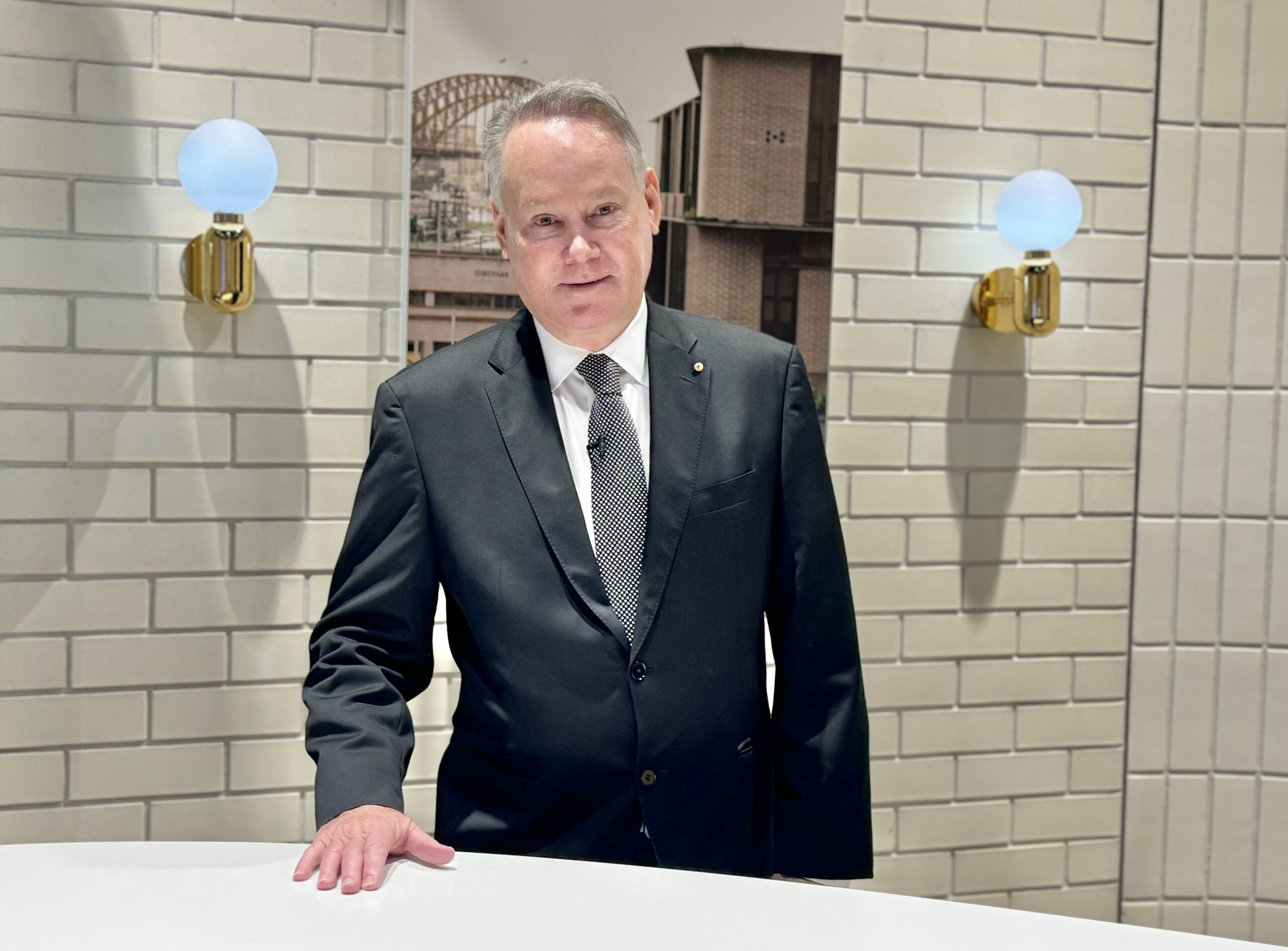
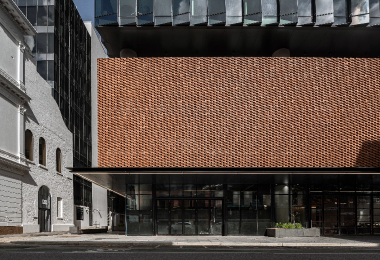
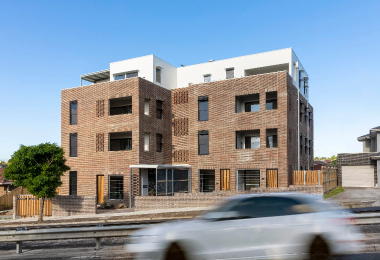
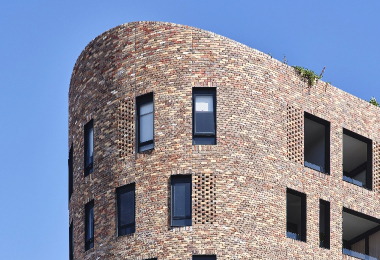
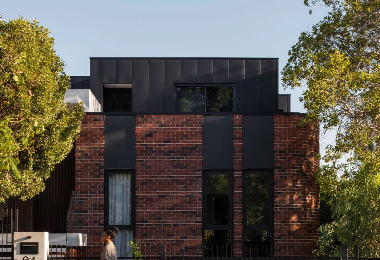
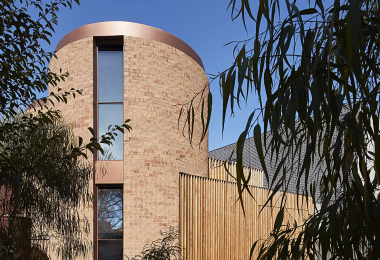
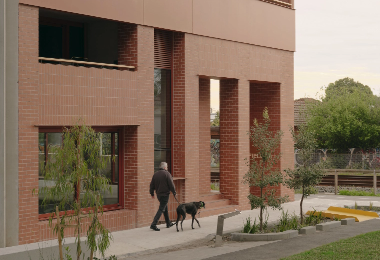

![Image_Grant Douglas_Financial Results[82]](https://investors.brickworks.com.au/wp-content/uploads/2024/03/Image_Grant-Douglas_Financial-Results82-scaled.jpg)
![Image_Mark Ellenor_Divisional Performance[81]](https://investors.brickworks.com.au/wp-content/uploads/2024/03/Image_Mark-Ellenor_Divisional-Performance81-scaled.jpg)


![Image_Grant Douglas_Financial Results[82]](https://investors.brickworks.com.au/wp-content/uploads/2024/03/Image_Grant-Douglas_Financial-Results82-scaled.jpg)
![Image_Mark Ellenor_Divisional Performance[81]](https://investors.brickworks.com.au/wp-content/uploads/2024/03/Image_Mark-Ellenor_Divisional-Performance81-scaled.jpg)

We use cookies in order to offer the most relevant information and deliver the best experience.
Please accept cookies for optimal performance.
Click here for more information.